Bentivar Farm Charlottesville VA Homes For Sale
 $995,000
Active
$995,000
Active
2370 Walnut Ridge Ln Charlottesville, Virginia
4 Beds 4 Baths 5,167 SqFt 2.05 Acres
Recently Sold Homes For Sale in Bentivar Farm Charlottesville VA
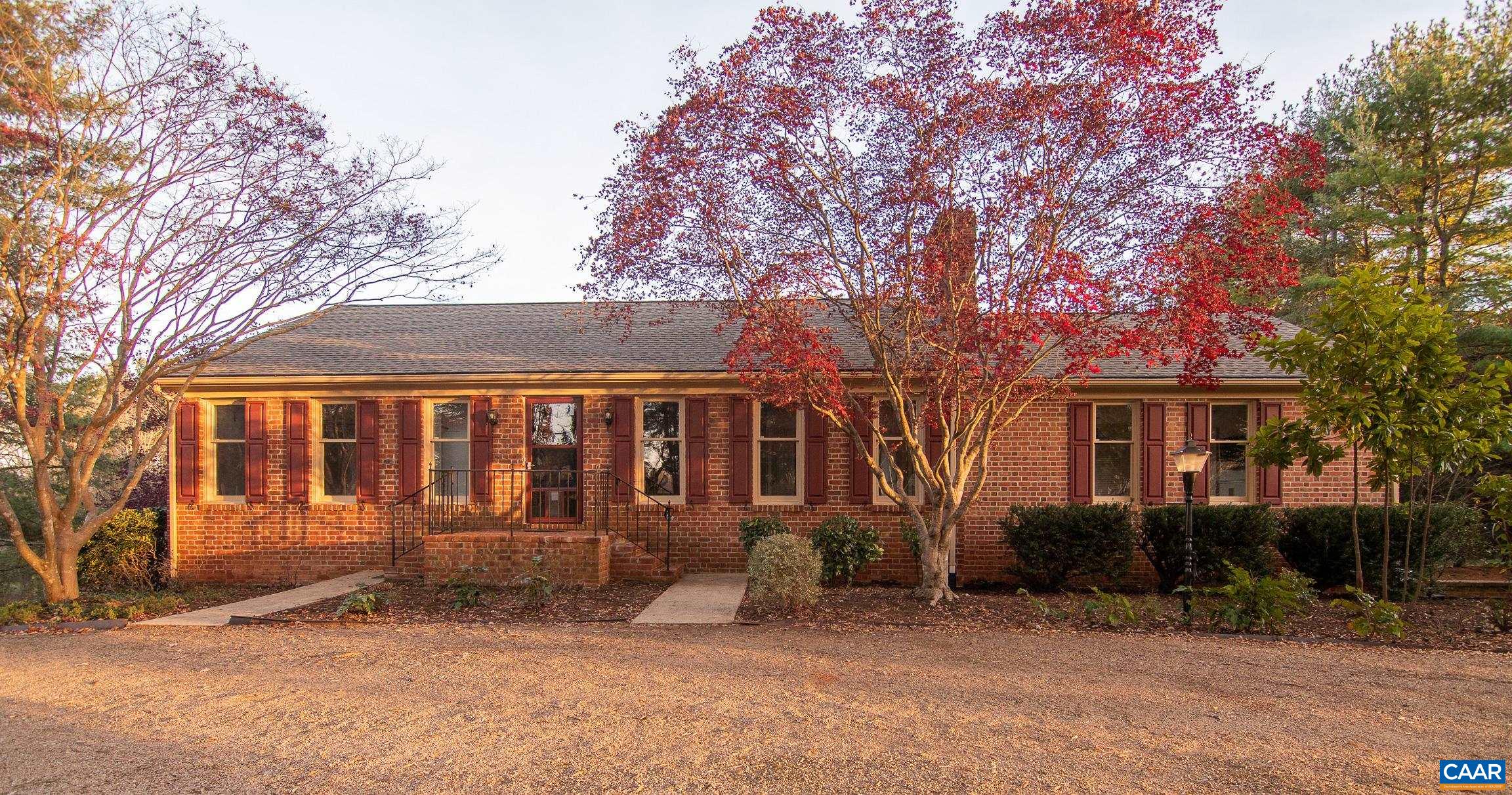 $500,000
Closed
$500,000
Closed
2221 Polo Grounds Rd Charlottesville, Virginia
3 Beds 3 Baths 3,956 SqFt 2 Acres
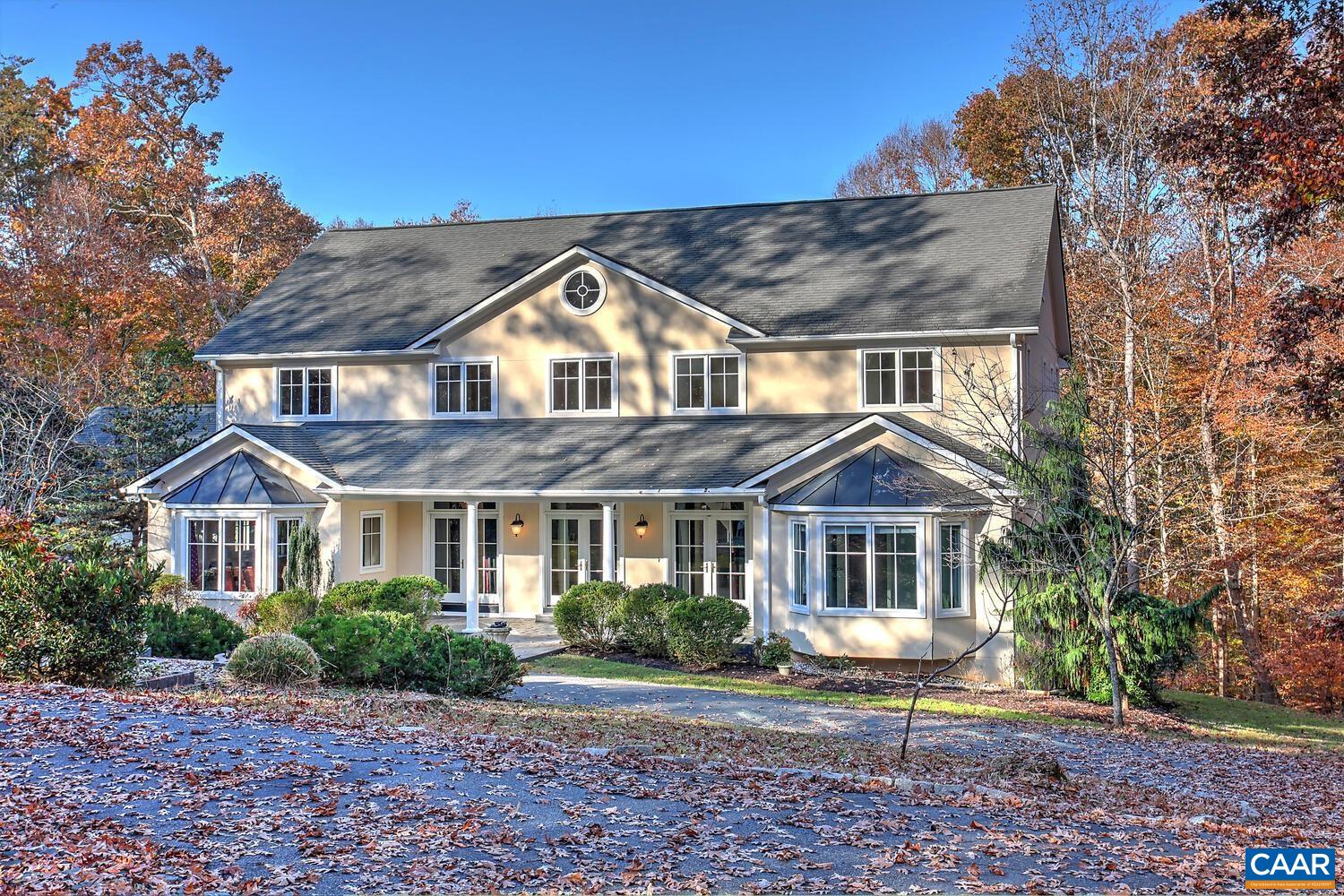 $925,000
Closed
$925,000
Closed
2431 Walnut Ridge Ln Charlottesville, Virginia
6 Beds 6 Baths 7,704 SqFt 2.48 Acres
 $925,600
Closed
$925,600
Closed
2215 Polo Grounds Rd Charlottesville, Virginia
3 Beds 3 Baths 2,432 SqFt 2 Acres
 $940,000
Closed
$940,000
Closed
2005 Bentivar Dr Charlottesville, Virginia
5 Beds 5 Baths 6,039 SqFt 2.78 Acres
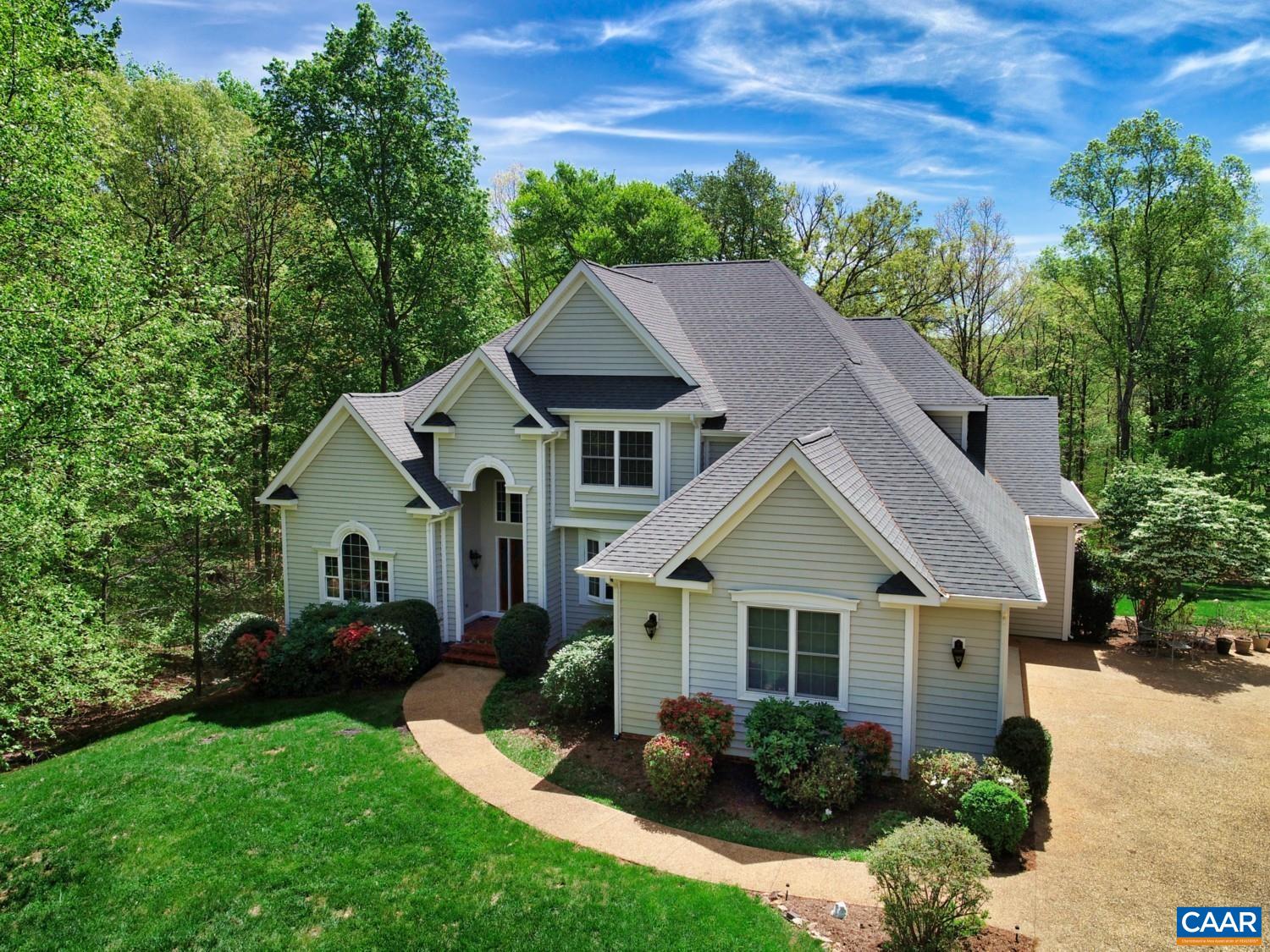 $950,000
Closed
$950,000
Closed
2272 Oakridge Ct Charlottesville, Virginia
5 Beds 5 Baths 7,087 SqFt 2.44 Acres
 $1,000,000
Closed
$1,000,000
Closed
1830 Bentivar Dr Charlottesville, Virginia
3 Beds 4 Baths 3,804 SqFt 6.2 Acres
 $1,018,859
Closed
$1,018,859
Closed
2187 Polo Grounds Rd Charlottesville, Virginia
4 Beds 4 Baths 5,331 SqFt 2 Acres
 $1,175,000
Closed
$1,175,000
Closed
2309 Hartland Ct Charlottesville, Virginia
4 Beds 5 Baths 6,773 SqFt 2.02 Acres
Bentivar Farm Charlottesville VA homes for sale consist of 62 luxury homes. The Bentivar Charlottesville VA neighborhood is located north of Charlottesville off of Rt 29 along the Rivanna River in Albemarle County.
2024-2025 Recent Bentiva Homes Sales: 5
2025 Median Sale Price: $1,000,000
2025 Median Days on the Market: 12 days
Bentivar HOA Fees: None
Years Built: 1977 to 2024
Home Sizes: 3 beds/ 2.5 baths to 6 beds/ 9.5 baths
Square Footage: 2,400 to 9,670
Architectural Styles: Colonial, Classic, and Georgian brick styles.
Albemarle County Public Schools that serve homes for sale Bentivar Farm Charlottesville VA are: Baker-Butler Elementary, Lakeside Middle, and Albemarle High Schools.
Bentivar was named for the historic, circa 1775, Bentivar Farm.
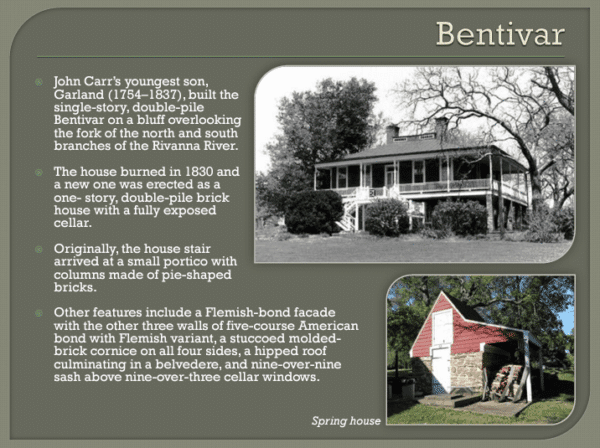
It was only in the 1980s that Bentivar Farm Charlottesville began to be developed.
While most homes sit on 2-3 acres, exquisite Heartsworth at 1701 Bentivar Drive sits on 97 acres,
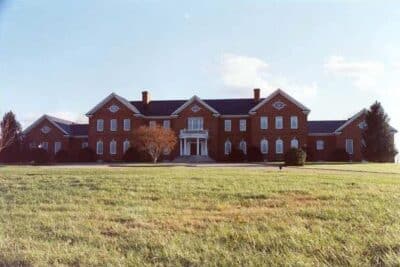
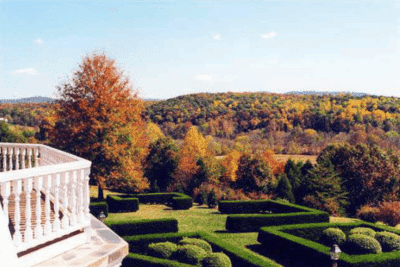
and Shiloh Farms with 32 acres break the norm.
From 1980-1990, 22 homes were built. From 1990-2000 33 homes were built. And finally from 2000-2022 83 more homes were built giving us a total of 140 homes in Bentivar Charlottesville VA.
Amenities: none

Nearby: 1.5 mi to ACAC Fitness. 1 mile to Walmart Super Center. 2.5 mi to outpatient care. 5 miles to Charlottesville-Albemarle Airport. Hollymead Town Center is minutes away.
My Thoughts on Bentivar Farm Charlottesville VA homes for sale…Once you arrive, it’s a peaceful and attractive place. It is not gated and can seem a bit too quiet and boring for teenagers. I am also not fond of the single-lane, railroad tunnel that you usually need to go under, especially during rush hour. I give homes for sale Bentivar Farm Charlottesville VA an 7.5 out of 10.
Bentivar: A Historic and Evolving Neighborhood in Charlottesville
Nestled in the picturesque landscape of Charlottesville, Virginia, the Bentivar neighborhood is a quiet, tree-lined residential area with a rich history and a strong sense of community. Located just a few miles northwest of downtown Charlottesville, Bentivar Farm Charlottesville VA homes for sale offers a blend of suburban tranquility and easy access to the city’s amenities.
Known for its mid-century homes, lush greenery, and proximity to key landmarks like the University of Virginia (UVA) and the Rivanna Trail, Bentivar is a neighborhood that appeals to families, professionals, and retirees alike.
This article explores the history, architecture, demographics, amenities, and future prospects of Bentivar, providing an in-depth look at what makes this one of the best Charlottesville neighborhoods.
Historical Background
Early Development and Land Use
Bentivar’s history is intertwined with the broader development of Charlottesville in the mid-20th century. The land that now comprises Bentivar was once part of rural Albemarle County, characterized by farmland and wooded areas. The neighborhood was primarily developed in the 1950s and 1960s, a period of post-war suburban expansion driven by the GI Bill, which made homeownership more accessible to returning veterans.
The development of Bentivar coincided with Charlottesville’s growth as a regional hub, fueled by the expansion of UVA and the increasing demand for housing from faculty, staff, and professionals associated with the university and nearby industries. Developers at the time capitalized on the demand for affordable single-family homes, leading to the construction of many of the ranch-style houses that still define the older homes for sale in Bentivar Farm Charlottesville VA today.
The Origins of the Name “Bentivar”
The name “Bentivar” is believed to have roots in local history, though its exact origin remains somewhat mysterious. Some theories suggest:
1. A Combination of Names – It may derive from a blend of family names, such as “Bentley” and “Ivar,” common in Virginia’s tradition of merging surnames for geographic landmarks.
2. A Reference to Terrain – The suffix “-var” could relate to the Old English “fær,” meaning “passage,” possibly describing the neighborhood’s gently rolling landscape.
3. A Developer’s Invention – Like many mid-century subdivisions, the name may have been created for marketing appeal, evoking a sense of elegance and tradition.
Local archives and historical maps from the 1950s show the name appearing as development began, but no definitive records confirm its etymology.
Bentivar Farm Charlottesville VA Homes For Sale: Growth and Evolution Through the Decades
– 1950s-1960s: The initial wave of construction established Bentivar as a middle-class enclave, with modest but well-built homes.
– 1970s-1980s: The neighborhood saw gradual infill development, with some larger homes added on remaining lots.
– 1990s-Present: Renovations and modernizations became more common, though Bentivar has largely avoided the teardown-and-rebuild trend seen in other Charlottesville neighborhoods.
Unlike some of Charlottesville’s older neighborhoods, which date back to the 19th century, Bentivar was part of a wave of suburbanization that catered to a growing professional class. Its development mirrored national trends of the time, emphasizing automobile accessibility, private yards, and community-oriented design.
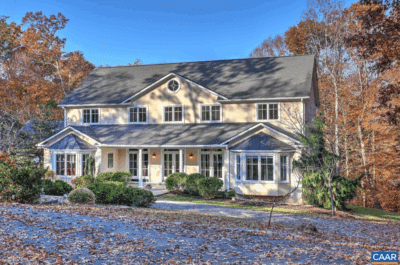
Bentivar Farm Charlottesville VA Homes For Sale – Architecture and Housing
Bentivar is primarily composed of single-family homes, many of which showcase mid-century modern and traditional ranch-style architecture. The neighborhood’s housing stock reflects the design trends of the 1950s and 1960s, with some later additions.
Key Architectural Styles
1. Ranch-Style Homes
– Single-story layouts with low-pitched roofs.
– Open floor plans, often with combined living and dining areas.
– Large picture windows to maximize natural light.
– Attached carports or garages, reflecting the rise of automobile culture.
2. Split-Level and Bi-Level Homes
– Some variations include split-entry designs, with living spaces on multiple half-levels.
– These became popular in the 1960s as a way to add space without expanding the footprint.
3. Mid-Century Modern Influences
– Clean lines, minimal ornamentation.
– Use of natural materials like wood and brick.
– Integration with outdoor spaces through patios and large windows.
Notable Features of Bentivar Homes
– Brick and Wood Facades: A mix of red brick, wood siding, and stone accents common in mid-20th-century design.
– Mature Landscaping: Tall oak and maple trees, well-maintained lawns, and flowering shrubs enhance the neighborhood’s curb appeal.
– Original Details: Many homes retain vintage features like hardwood floors, built-in cabinetry, and retro tile work.
Bentivar Farm Charlottesville VA Homes For Sale – Recent Trends in Renovation and Development
In recent years, some homes have undergone renovations to accommodate modern living standards, including:
– Updated Kitchens: Open-concept layouts with stainless steel appliances and quartz countertops.
– Energy-Efficient Upgrades: Double-pane windows, improved insulation, and solar panels.
– Expanded Living Spaces: Finished basements, sunrooms, and second-story additions where zoning allows.
Despite these changes, Bentivar has largely avoided the large-scale redevelopment seen in other parts of Charlottesville, preserving its original character.

Demographics and Community
Resident Profile
Bentivar is a predominantly residential neighborhood with a mix of:
– Families: Attracted by the proximity to schools and parks.
– Professionals: Including UVA faculty, medical professionals, and local business owners.
– Retirees: Longtime residents who appreciate the quiet, established setting.
Owners of Bentivar Farm neighborhood Charlottesville homes are known fortheir friendly, tight-knit atmosphere. Many residents have lived in Bentivar for decades, contributing to a strong sense of continuity and community.
Diversity and Inclusivity
Like much of Charlottesville, Bentivar has seen gradual demographic shifts. While historically a predominantly white neighborhood, increasing efforts toward inclusivity and affordable housing in Charlottesville have begun to influence the area’s composition. Community organizations and neighborhood associations play a role in fostering engagement among residents.
Neighborhood Associations and Civic Engagement
Bentivar does not have a formal homeowners’ association, but residents often collaborate on issues like:
– Traffic Calming: Efforts to maintain safe streets for pedestrians and cyclists.
– Tree Preservation: Protecting mature trees that define the neighborhood’s character.
– Zoning and Development: Advocating for responsible growth that aligns with community values.
Location and Accessibility
One of Bentivar’s biggest advantages is its convenient location. Situated near key roads and amenities, the neighborhood offers:
Proximity to Key Areas
– Downtown Charlottesville: A short drive (approximately 10 minutes) to restaurants, shops, and cultural venues.
– University of Virginia (UVA): Easy access for students, faculty, and staff.
– UVA Health System: A major employer for Bentivar residents.
– Barracks Road Shopping Center: One of Charlottesville’s premier retail and dining hubs.
Transportation Options
– Public Transit: Charlottesville Area Transit (CAT) provides bus service along nearby routes.
– Biking and Walking: The neighborhood is pedestrian-friendly, with sidewalks and connections to the Rivanna Trail, a popular multi-use path.
– Major Roads: Bentivar is close to U.S. Route 29 and Interstate 64, facilitating regional travel.
Local Amenities and Lifestyle
Parks and Recreation
– Rivanna Trail: A scenic 20-mile loop that runs near Bentivar, ideal for hiking, jogging, and biking.
– Greenleaf Park: A nearby green space with playgrounds and picnic areas.
– Golf Courses: Several country clubs and golf courses are within a short drive.
Public Schools
Bentivar is served by Albemarle County Schools, including:
– Baker-Butler Elementary School
– Lakeside Middle School
– Albemarle High School
The neighborhood’s proximity to UVA also makes it attractive for families affiliated with the university.
Dining and Shopping
While Bentivar itself is primarily residential, nearby commercial areas offer a variety of options:
– Rio Shopping Center: Features national retailers, local boutiques, and dining options.
– Seminole Square: Home to grocery stores, pharmacies, and casual eateries.
– Downtown Mall: A vibrant pedestrian area with restaurants, theaters, and shops.
Challenges and Future Prospects
Housing Affordability
Like much of Charlottesville, Bentivar faces challenges related to rising home prices. The demand for housing near UVA and downtown has led to increased property values, making affordability a concern for some residents. Efforts by local government and nonprofits to promote affordable housing could shape the neighborhood’s future.
Preservation vs. Development
As Charlottesville grows, Bentivar may face pressure for redevelopment. Balancing modernization with the preservation of its historic character will be key to maintaining the neighborhood’s appeal.
Community Engagement
Neighborhood associations and local initiatives play a crucial role in addressing issues like traffic, infrastructure, and zoning. Active resident participation will help shape Bentivar’s evolution in the coming years.
My Conclusion
Bentivar is a quintessential Charlottesville neighborhood, historic yet evolving, quiet yet conveniently located. Its mid-century homes, strong community ties, and access to amenities make it a desirable place to live in Northwest Albemarle County. As Charlottesville continues to grow, Bentivar’s ability to preserve its charm while adapting to change will determine its future.
For those seeking a peaceful residential area with a rich history and easy access to the best of Charlottesville, Bentivar Farm Charlottesville VA homes for sale remain a hidden gem worth exploring.
You may reach Toby Beavers, a Charlottesville realtor since 2003, by phone or text at 434-327-2999

